The world’s longest tunnel between Iran and Qatar
Qatar’s Emir Sheikh Tamim bin Hamad Al Thani who visited Tehran on Wednesday underlined a plan between his country and Iran to dig a tunnel under the Persian Gulf which is hoped to expand connectivity between West Asia and the Caspian Sea all the way to the Mediterranean.
The idea of building what would be the world’s longest tunnel featured first during late Iranian President Ebrahim Raeisi’s visit to Qatar in February 2022. At the time, it was said that the project would only go ahead once a joint Qatari-Iranian committee finished studies and negotiations on the project.
In his meeting with Leader of the Islamic Revolution Ayatollah Seyyed Ali Khamenei, the Qatari emir stated that the committee on the project will soon be activated, indicating how serious the emirate is about bringing the ambitious project to fruition.
The tunnel starting from the northern tip of the Qatari peninsula will stretch around 190 kilometers to the Iranian coast near Dayyer. That is around three times more than the current longest transport tunnel in China, a 68 km section of the Chengdu metro.
It would also be five times further than the longest undersea tunnel which connects France and the UK through the Channel Tunnel for a length of 38 km. Built from 1988 to 1994, the Chunnel remains the most expensive construction project in history at a cost of $21 billion.
That said, the planned Iran-Qatar tunnel project would involve massive costs which, given Qatar’s annual income of some $200 billion from the sale of gas, could be accommodated despite Iran’s economic struggles in the face of sanctions.
For Qatar, the construction of the tunnel is a great achievement, through which it can access the Eurasian markets via Iran. Like other Arab countries, the small but wealthy country depends on the land route of Saudi Arabia to connect to different parts of the globe.
Doha and Riyadh have a history of mutual antagonism which peaked in 2017 when Saudi Arabia, along with Egypt, the UAE and Bahrain severed diplomatic relations and blocked all entries to Qatar via air, sea or land.
Saudi Arabia then accused Qatar of supporting the Muslim Brotherhood in Egypt and undermining the kingdom’s authority through its influential Al Jazeera broadcaster.
At the time, Iran, along with Russia and Turkey, rushed to Qatar’s defense against the Saudi-led quartet.
Qatar received food from Iran through nearby Iranian ports and planeloads were dispatched by Turkey which later clinched a land route agreement with the Islamic Republic to export goods to the emirate through Iran.
Qatar shares the North Field with Iran’s South Pars, which is the world’s largest natural gas field.
It also owns 20 percent of the Russian state-owned oil company Rosneft and is one of the largest foreign investors in Russia, with which it seeks strategic partnership, explaining why the tunnel is so important to the country.
Moreover, the tunnel project can become a component for regional convergence through streamlining trade relations. It is in line with Iran’s neighborhood policy, using its capacities to develop political and economic relations especially with the Persian Gulf countries.
After decades of rivalry, Iran and Saudi Arabia have understood that it is in their mutual interest to normalize their relations. The two countries have much in common: they are both major powers and the two largest countries of the region by area; they are significant oil-producers, and have two of the largest oil reserves in the world.
The common sense requires them to use trade agreements as tools for long-term relationship and building bridges by creating common economic interests. Iran and Saudi Arabia can use the aqueduct between Iran and Qatar to advance their efforts in the field of increasing bilateral trade.
The project is basically the Arab world's diplomatic approach toward Iran and its regional solution against the volatility of American policies and security commitments and Russian hegemony.
It will enable Iran to reach the African, Mediterranean and European markets, and provide a useful path for Saudi Arabia to reach the markets of Central Asia, Russia and China.
Using this direct and safe route, Iran can reach the Suez Canal in the Red Sea and open a trade route to the Mediterranean Sea and Europe without going through Iraq, Syria and Lebanon.
The realization of the Iran-Qatar tunnel project will transform Qatar's relations with the world and have very positive economic, political and security consequences for both the emirate and Iran.
Pezeshkian warns of US attempts to use talks to ‘weaken’ Iran against Israel
Long read: Inside 2026 World Cup's intense battles promising infinite drama
17 Palestinians die from cold in Gaza as Israel keeps blocking winter aid
Iran’s intelligence database on Israel enabled precise strikes in June war: IRGC
US boat strikes kill 4 more in eastern Pacific as Trump escalates pressure on Venezuela
Assange files criminal complaint against Nobel Foundation over Machado’s prize
VIDEO | Press TV's news headlines
VIDEO | Indian Prime Minister Modi addresses Ethiopia's parliament


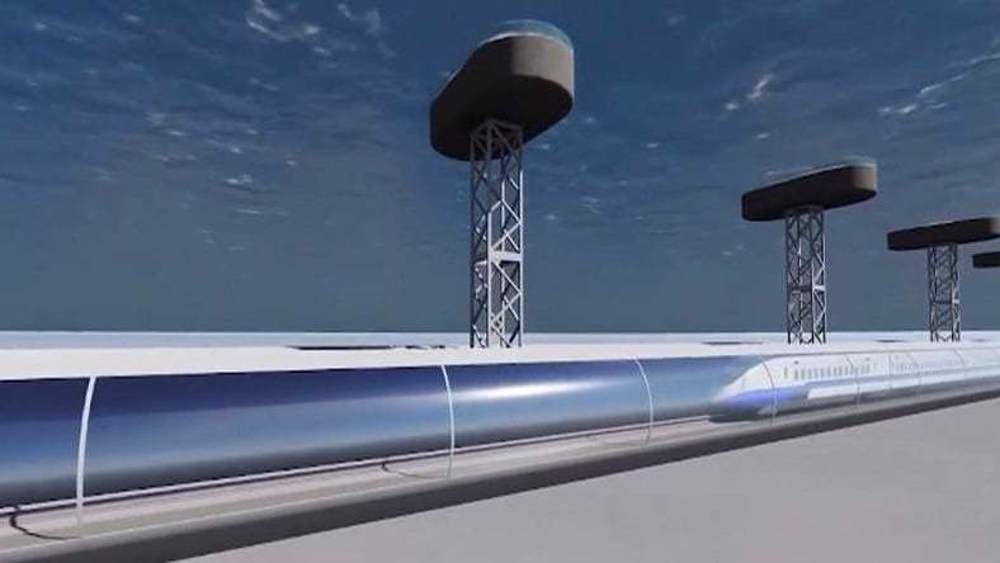
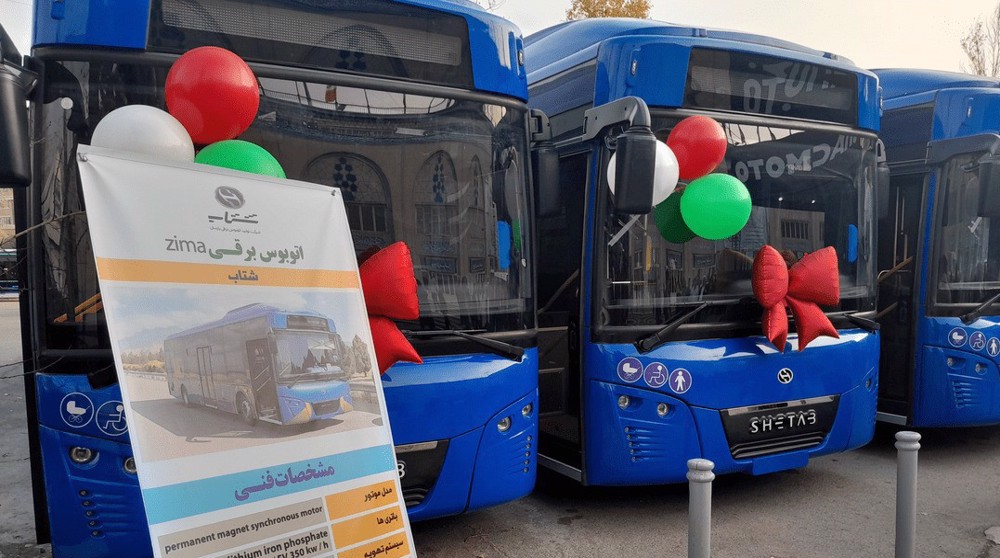
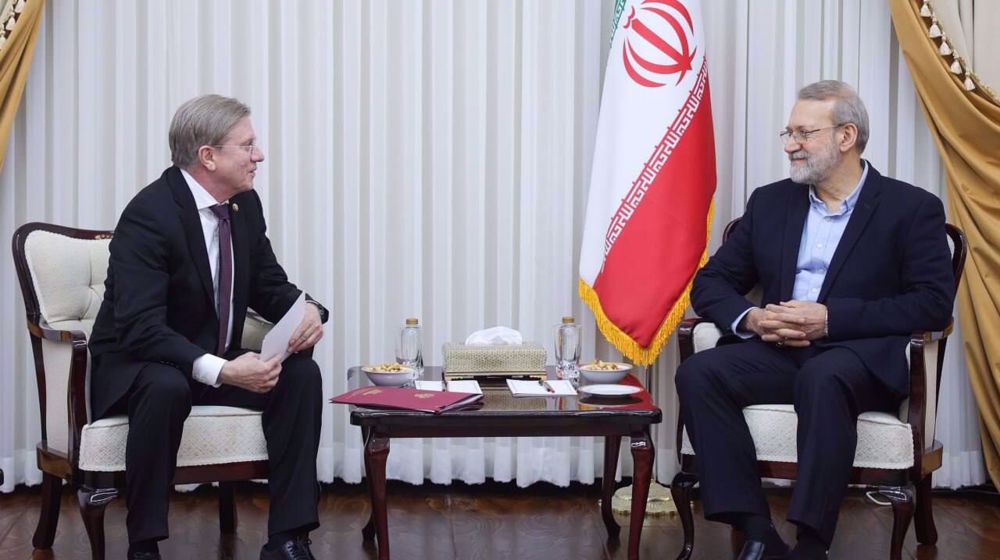
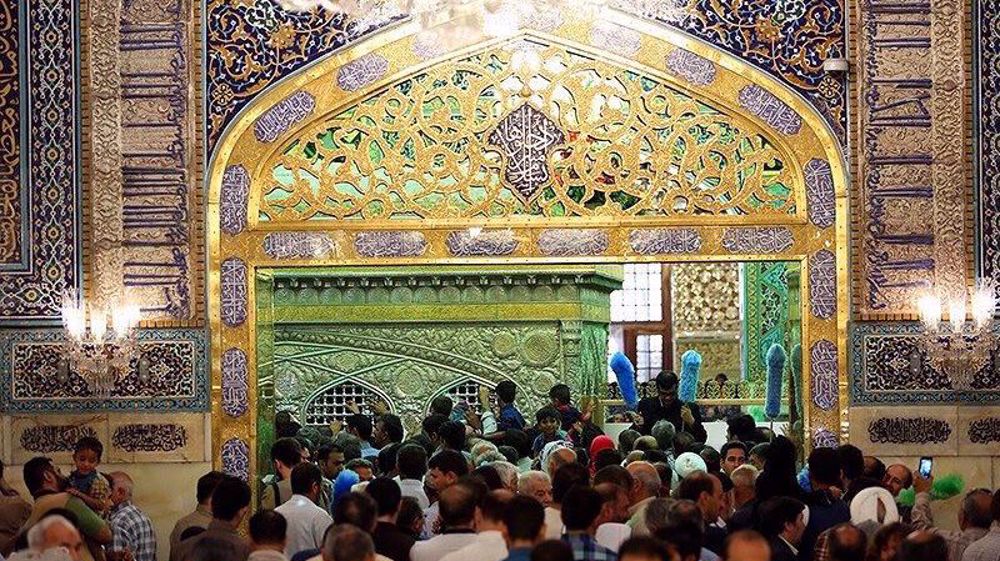

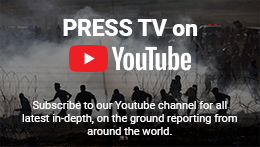


 This makes it easy to access the Press TV website
This makes it easy to access the Press TV website